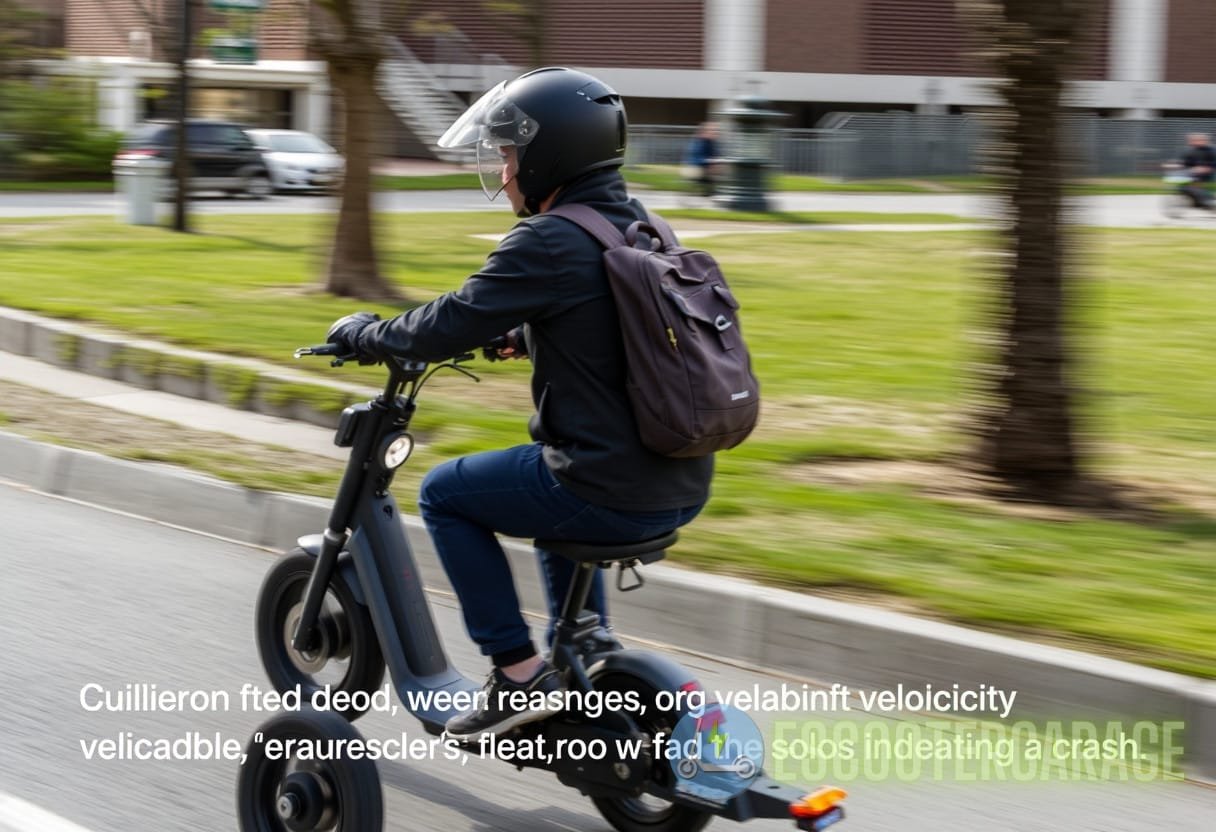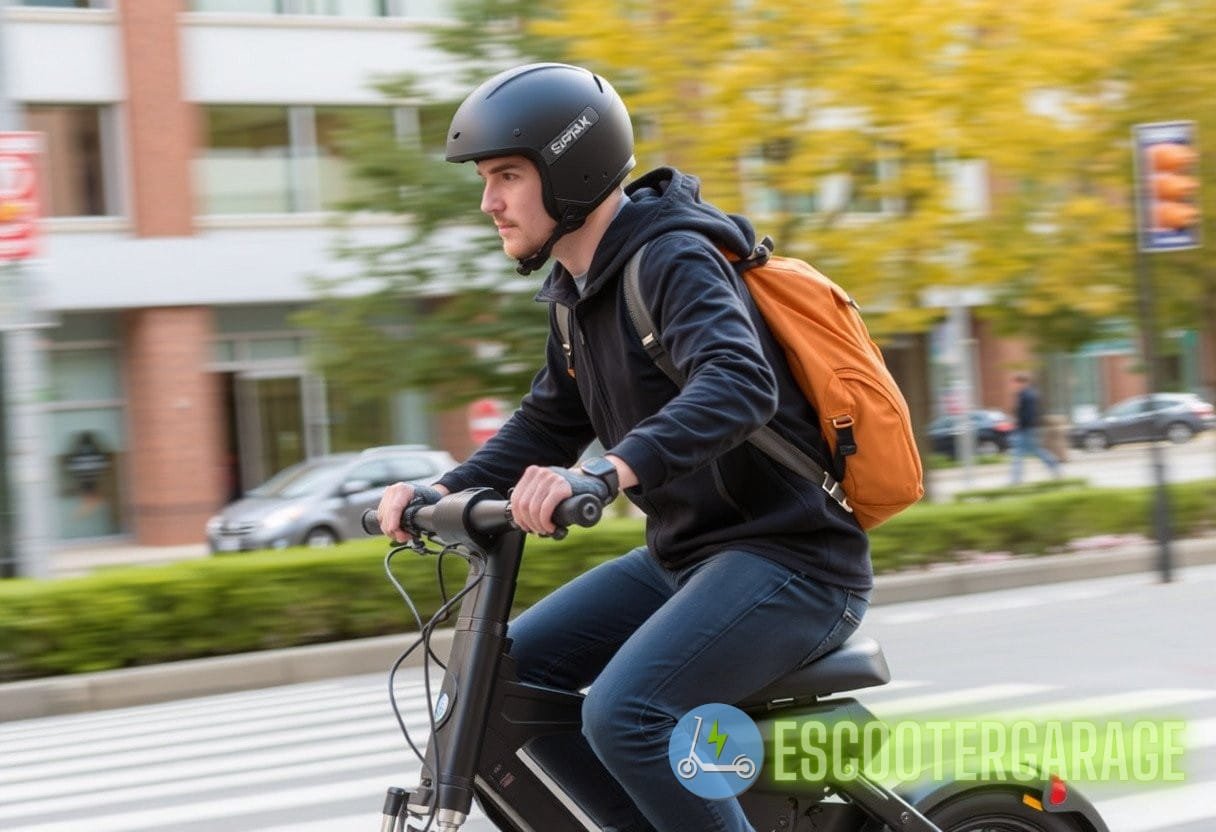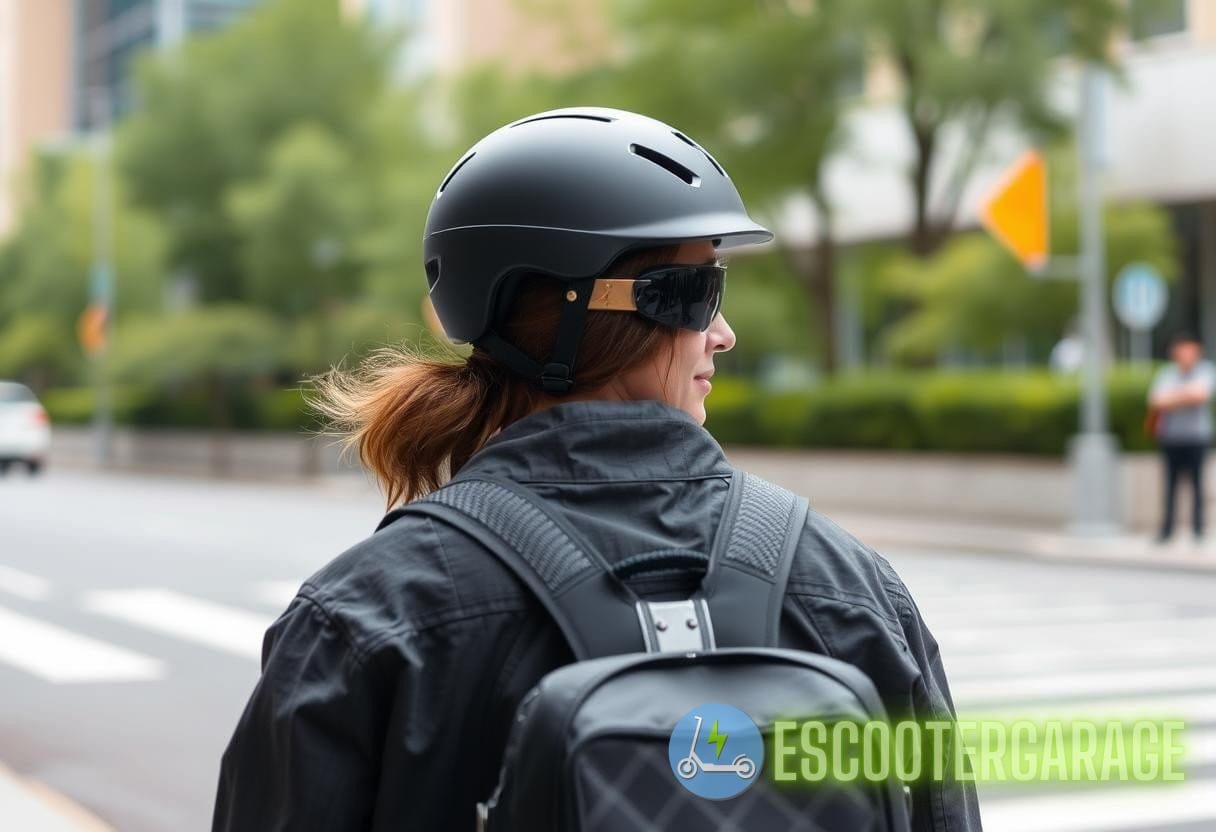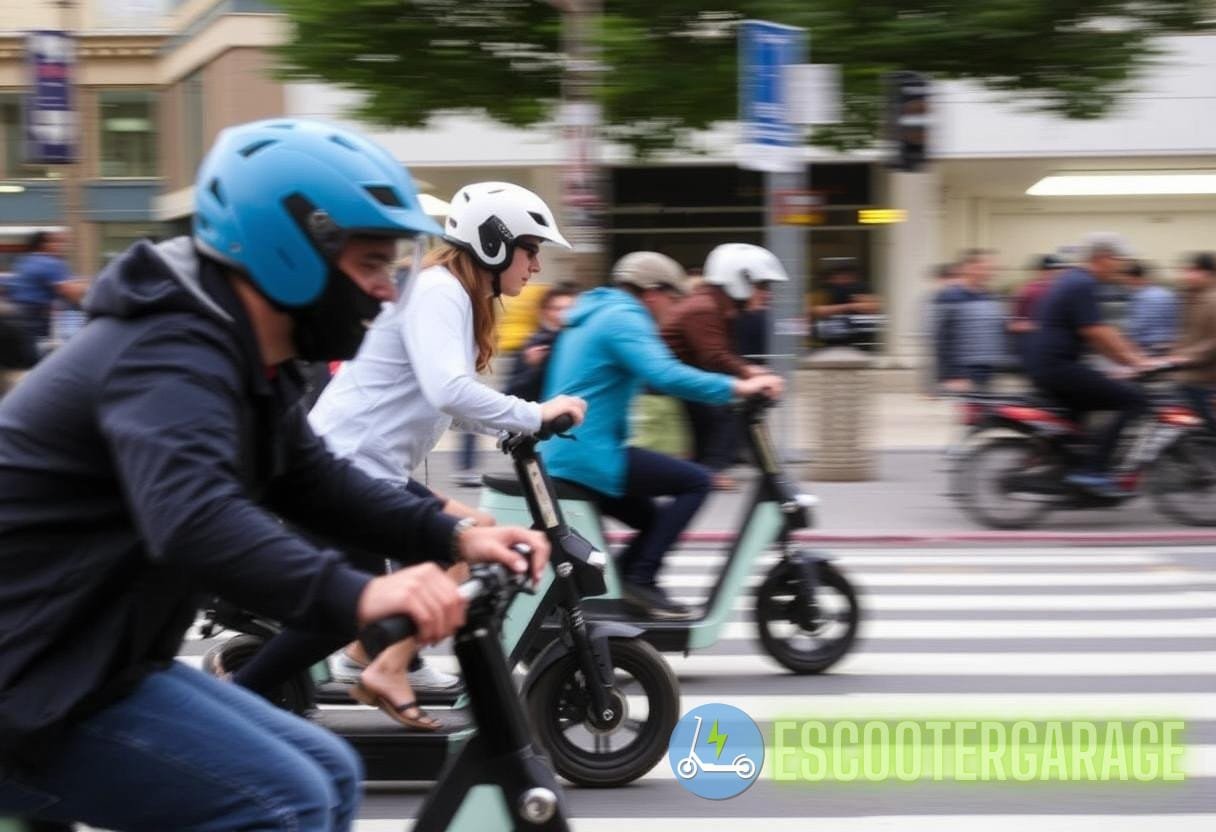Exploring the Future of eScooter Safety: Integrating Wearable Tech and Helmet Innovation for Enhanced Rider Protection
As urban mobility continues to evolve, eScooters have rapidly become one of the most popular modes of transportation. However, with this rise in popularity, the issue of eScooter safety innovations has gained paramount importance. Riders face unique risks, including high speeds, traffic conditions, and environmental factors.
Understanding the Importance of eScooter Safety
eScooter safety has emerged as a critical area of concern given the increasing number of accidents and fatalities associated with their use. According to a study conducted by the National Association of City Transportation Officials (NACTO), eScooter-related injuries rose by over 300% from 2014 to 2018. This alarming statistic underscores the necessity for innovative safety measures.
- Increased urbanization leading to congested roadways.
- Limited infrastructure for eScooter riders, such as bike lanes.
- Lack of awareness among motorists regarding eScooter users.
As municipalities look to improve the safety of all road users, the role of technology and protective gear is becoming increasingly pivotal.
Current Safety Measures in eScooter Infrastructure
Before exploring the innovations in safety technology, it is essential to understand existing safety measures. eScooters typically come equipped with several safety features including:
- Integrated Lights: Bright front and rear lights for visibility during low-light conditions.
- Braking Systems: Reliable mechanical and electronic brakes that provide quick stopping capabilities.
- Built-in GPS: Advanced tracking technologies that can monitor rider behavior and routes.
While these features contribute to a safer riding experience, they do not mitigate the necessity of personal protective equipment (PPE).
The Role of Helmets in eScooter Safety Innovations
Helmets significantly reduce the risk of head injuries in the event of an accident. Research indicates that wearing a helmet can decrease the likelihood of head injury by over 70%. Despite this proven effectiveness, helmet use among eScooter riders remains low, due in part to convenience and comfort issues.
- Only 15% of eScooter riders wear helmets consistently.
- In many jurisdictions, helmets are not mandated for adult riders.
To address these challenges, innovative helmet designs have emerged, focusing not just on safety but also on user experience.
Innovative Helmet Designs and Features
Recent advancements in helmet technology are changing the game for eScooter safety innovations. These modern helmets are designed with comfort and usability in mind while still providing exceptional protection.
Features of the latest helmet models include:
- Smart Helmets: Equipped with Bluetooth that allows for hands-free communication and navigation alerts.
- Integrated Cameras: Some helmets feature front-facing cameras that capture riding experiences and can be critical in accident investigations.
- Impact Sensors: Advanced helmets employ sensors that detect and analyze the severity of an impact, sending alerts to emergency contacts in the event of a serious crash.
These innovations represent a significant step forward in personal protective equipment for eScooter riders.
Wearable Technology for Enhanced Safety
In addition to helmet innovations, wearable technology offers an exciting avenue for improving eScooter safety. Devices such as smartwatches and fitness trackers can provide valuable data and alerts for riders. Key applications of wearable tech include:

- Collision Detection: Wearables can detect sudden changes in velocity or direction that may indicate a crash.
- Movement Monitoring: Tracking the rider’s movement can provide real-time feedback on safe riding practices and habits.
- Environmental Alerts: Wearables can provide alerts about weather conditions or hazardous road conditions that may affect safe riding.
One notable example is the integration of wearables with advanced smartphone applications, which form a complete ecosystem for enhancing rider safety.
Case Studies Highlighting the Use of eScooter Safety Innovations
To further illustrate the effectiveness of these eScooter safety innovations, let’s look at several case studies that showcase successful implementations:
Case Study 1: Smart Helmets in Urban Areas
In San Francisco, a local startup developed an integrated smart helmet program in collaboration with eScooter companies. The smart helmets were equipped with collision sensors and Bluetooth connectivity, resulting in a reported 40% reduction in injuries among participants. Riders received real-time alerts for dangerous situations based on their speed and proximity to traffic.
Case Study 2: Wearables for Safety Monitoring
A pilot program in Washington D.C. introduced wearables that monitored rider behaviors and provided immediate feedback via a companion app. Participants reported increased awareness of their riding habits, and overall accident rates decreased by 25% during the pilot period.
These success stories indicate that the integration of wearable technology and helmet innovation can lead to substantial improvements in overall eScooter safety.
Challenges and Limitations
Despite the advancements in eScooter safety innovations, certain challenges and limitations persist:
- Adequate Regulation: Many areas still lack regulations mandating helmet use or addressing speed limits for eScooters.
- Technological Adoption: Not all riders are willing to adopt new technology or invest in premium helmets and wearables.
- Data Privacy Concerns: The collection of data through smart helmets and wearables raises issues regarding data security and privacy.
Addressing these challenges will require concerted efforts from manufacturers, policy makers, and the riding community.
The Future Landscape of eScooter Safety Innovations
As eScooter usage continues to expand, so too will the landscape of eScooter safety innovations. Future trajectories could include:
- Enhanced Smart City Infrastructure: Integration of traffic management systems with eScooter networks to improve overall safety.
- AI-Driven Analytics: Using Artificial Intelligence to analyze riding patterns and predict accident risks.
- Personalized Safety Gear: 3D printing technology could enable customized helmets and protective gear designed for individual riders.
The foresight of these technologies indicates a commitment to not just enhancing safety but transforming the riding experience fundamentally.
Conclusion: A Safer Future for eScooter Riders
The future of eScooter safety hinges on a harmonious blend of innovation in helmet design and the integration of wearable technology. These eScooter safety innovations present a promising avenue for reducing injury rates and enhancing the overall safety of eScooter riders. Stakeholders, including manufacturers, city planners, and riders, must work together to foster a safer riding environment and ensure that these technological advancements reach their full potential.
For more information on eScooter safety and innovations, visit our safety resources page or check out our comprehensive guide on eScooter technology updates.



